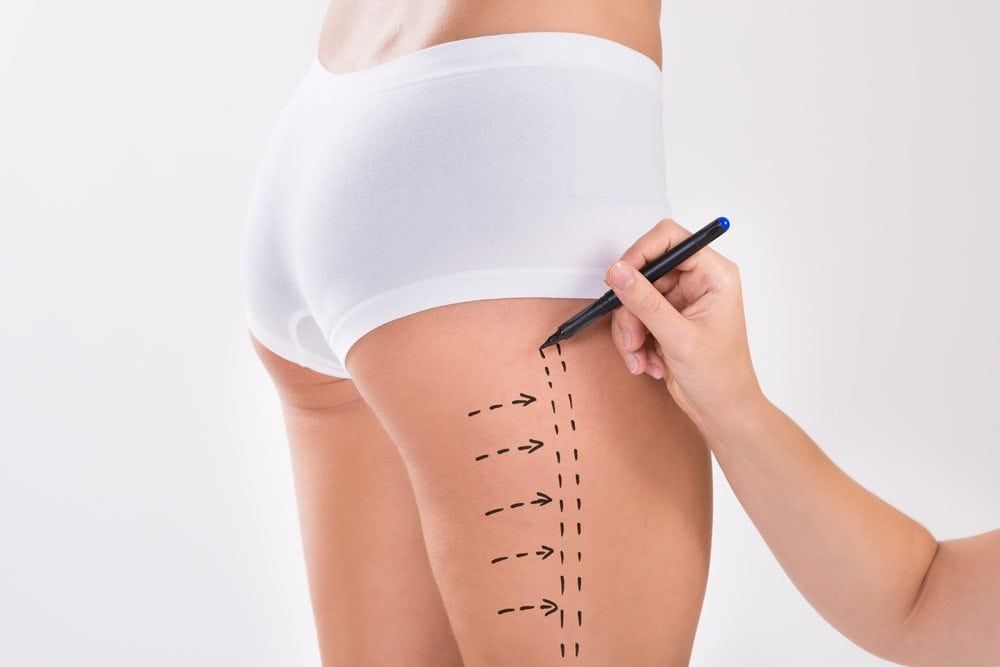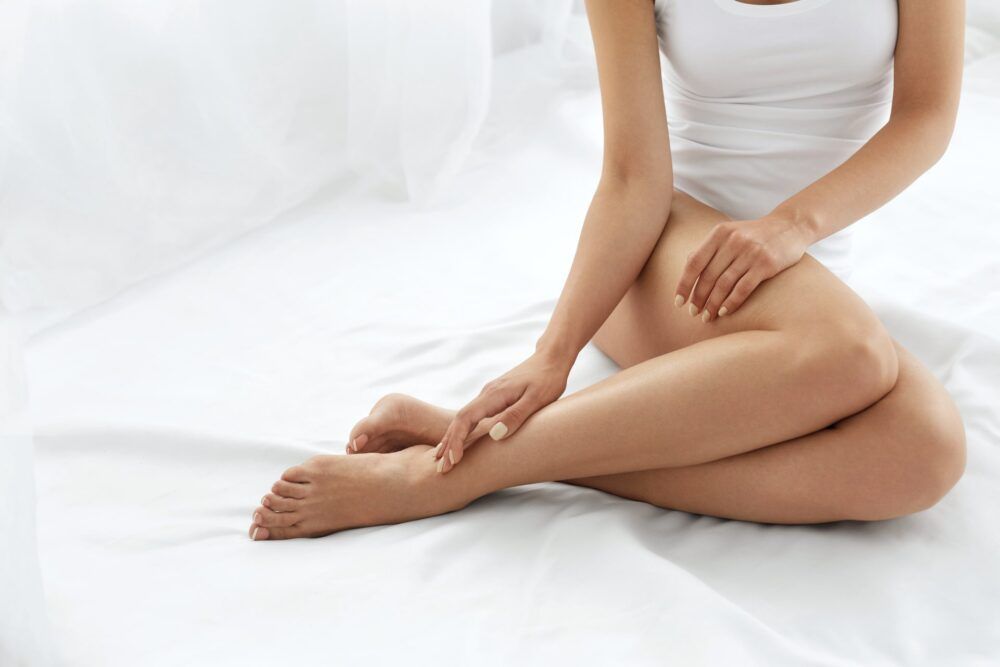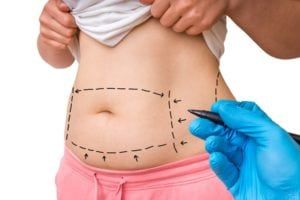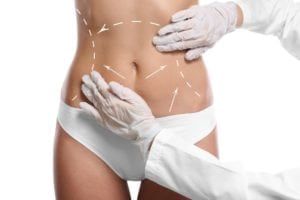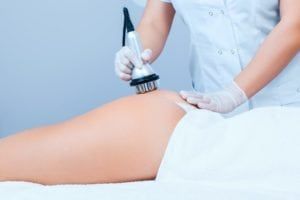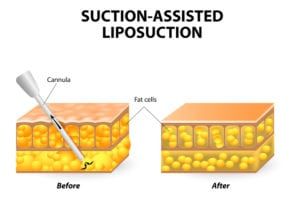It’s not unusual for people to develop sagging skin on their thigh as they age. While this might be a normal part of aging, it’s also not unusual for people to want to invest in a thigh lift procedure to correct the cosmetic issues. During the procedure, the excess skin is taken off, and the skin that remains is tightened and raised to correct the appearance of the thigh. There are two different types of thigh lifts. These are called the outer thigh lift and the inner thigh lift. Many people have questions regarding this thigh lift procedure, and many of the answers to some common questions are below.
Did You Know…?
While some people receive a thigh lift as an isolated procedure, it is often combined with other body contouring procedures. Individuals who have concerns about the appearance of the skin on their thigh often have other concerns about the appearance of other parts of their body. Therefore, it’s not unusual for people to receive several cosmetic procedures at once. This allows the surgeon to effectively blend the procedures together into a new and improved appearance.
Frequently Asked Questions
How is a Thigh Lift Procedure Performed?
The patient will first be placed to sleep with either an IV anesthesia or a general anesthesia. Once the patient is asleep, an incision will be made to allow access to the affected area. The excess skin and fat will be removed. Before removing the excess skin, the remaining skin will be elevated to alleviate the sagging issues. The incision will be closed with sutures to facilitate the healing process.
What Kind of Issues can a Thigh Lift Procedure Correct?
Several issues can be alleviated with a thigh lift procedure. These include poor skin elasticity along the thighs, weight problems that cause pain around the legs, and hanging skin that sometimes becomes irritated or infected along the thigh. When the skin is tightened, and the excess skin is removed during the procedure, all of these problems can improve significantly.
What is the Recovery Process Like from this Procedure?
When the procedure is completed, patients will likely have a drain placed under the surface of the skin. This will prevent the accumulation of fluid under the surface that can damage the appearance of the thigh once the healing process is completed. Over the first month, limited activity is recommended to allow the wound to heal appropriately. People should also be careful not to wear clothing that might press on the area because this can also impact the final result.
Anyone looking for a thigh lift can contact our office for more details and to set up a consultation. Call today for more information!
